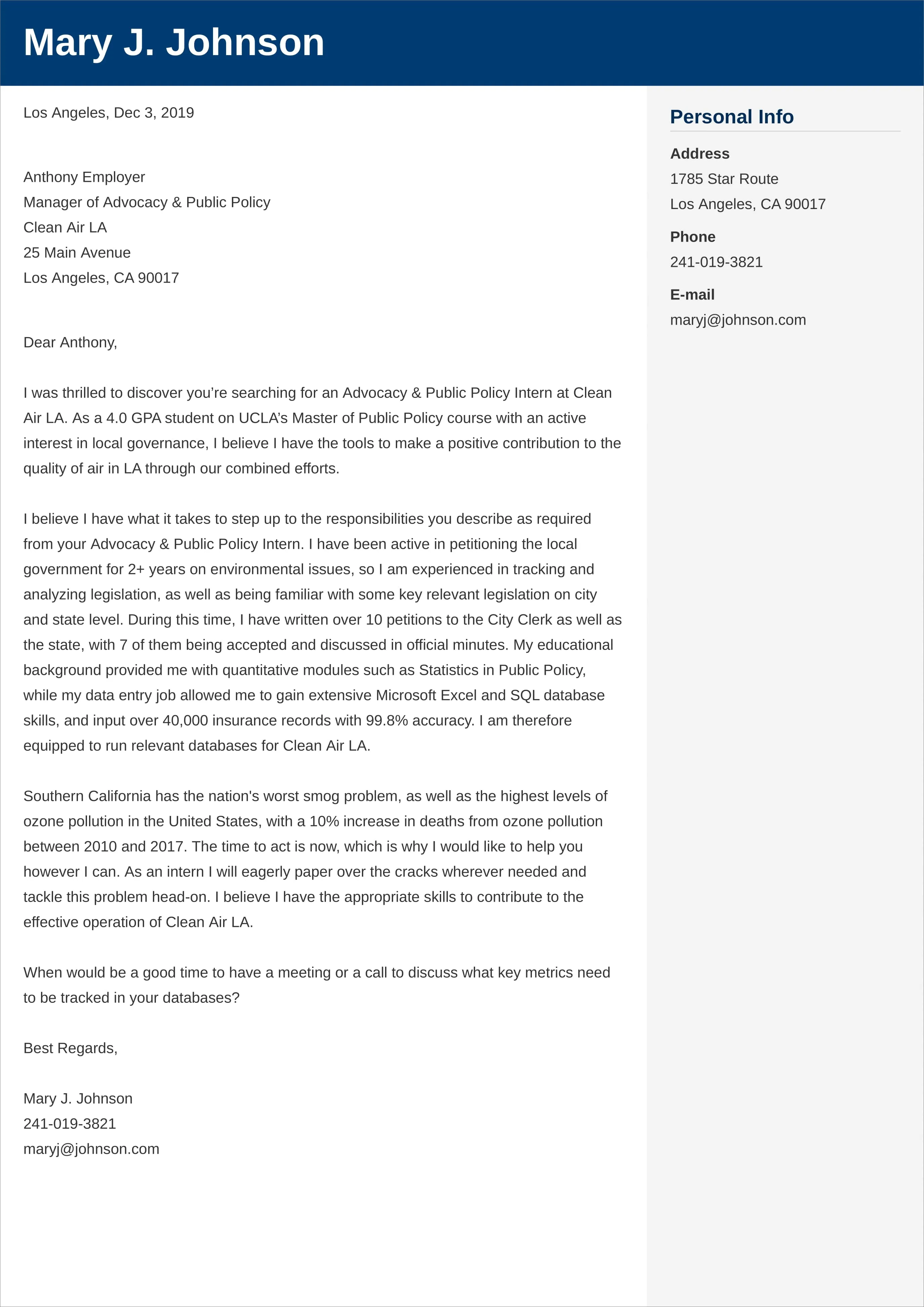A cover letter is your first opportunity to make a strong impression on a potential employer. This is especially true in the nonprofit sector, where passion, commitment, and a genuine interest in the cause are highly valued. A well-crafted nonprofit cover letter can be the key to unlocking your dream job, demonstrating your understanding of the organization’s mission and your alignment with its values. It’s more than just a formality; it’s your chance to stand out from the crowd and prove you’re the right fit. Your cover letter should be a compelling narrative that showcases your unique skills, experiences, and why you are a good match. It should be a tailored presentation that goes beyond simply restating your resume.
Understand the Purpose of a Nonprofit Cover Letter
The primary purpose of a nonprofit cover letter is to introduce yourself and highlight why you are a good fit for the organization and the specific role. It should complement your resume by expanding on your skills, experiences, and explaining how these align with the organization’s mission and values. Your cover letter should demonstrate a genuine interest in the nonprofit’s work, showcasing your research and understanding of their goals. It is important to explain why you want to work for this particular organization, beyond a general interest in the sector. Explain what makes you interested in the organization and why you want to contribute. Furthermore, it should clearly and concisely communicate your qualifications, making you a compelling candidate. It’s a chance to express your personality and enthusiasm, making you more than just a list of skills and experiences.
Research the Nonprofit Organization
Before you start writing, thorough research is essential. Visit the organization’s website, read their mission statement, and understand their current programs and initiatives. Explore their social media profiles to gain insights into their recent activities and communication style. Understanding the organization’s values, culture, and achievements will help you tailor your cover letter. This demonstrates your genuine interest and commitment. Also, look for any recent news or press releases about the organization, as this will help you understand their current priorities. Showing you’ve taken the time to learn about their work demonstrates initiative and a proactive approach. Make notes on specific programs or projects that resonate with you, and consider how your skills and experience align with their needs.
Find the Right Contact Person
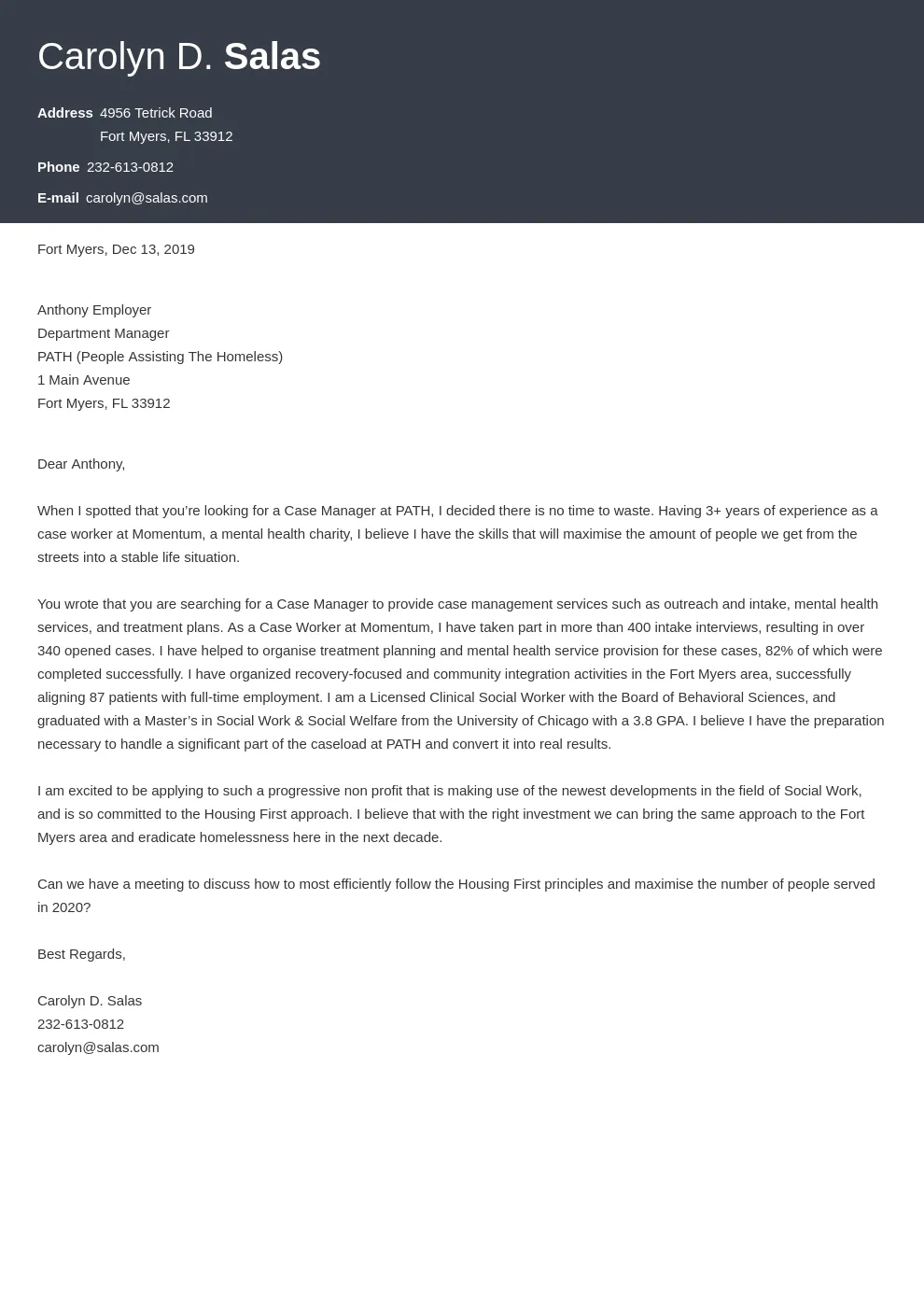
Addressing your cover letter to the correct person significantly increases the chances of it being read and taken seriously. Research the hiring manager’s name or the appropriate contact person. This level of detail shows that you have put in the effort to understand the organization’s structure. If you cannot find a specific name, try contacting the organization directly. Addressing your cover letter to a specific person is more personal and shows you are serious about the application. Use professional networking sites like LinkedIn to find the hiring manager’s name or explore the organization’s website for contact details. Avoid generic greetings like “To Whom It May Concern,” which can make your application feel impersonal. The correct name demonstrates your attention to detail and professional courtesy.
Highlight Your Relevant Skills and Experience
Your cover letter is an opportunity to highlight the skills and experiences most relevant to the job description. Don’t just list your qualifications; explain how they align with the specific requirements of the role. Provide specific examples of how you’ve used your skills to achieve results in the past. Use keywords from the job description to show you understand the position. This targeted approach will help your application stand out to the hiring manager. Emphasize the accomplishments that demonstrate your ability to contribute to the organization’s goals. Focus on transferable skills, such as communication, project management, and fundraising. Tailor your examples to illustrate how your experience can benefit the nonprofit’s mission.
Showcase Your Passion for the Cause
Nonprofit organizations are driven by their mission, and they seek individuals passionate about their cause. Use your cover letter to express your genuine interest in the organization’s work. Share personal experiences or motivations that connect you to the cause. Demonstrate your understanding of the issues the nonprofit addresses and why you are compelled to contribute. Explain why you are drawn to the specific organization and how its mission aligns with your values. Sharing your personal connection adds authenticity and can make a strong impression. It proves you’re not just looking for a job; you are eager to make a difference. Explain why their cause is important to you and the impact you want to make.
Quantify Your Achievements
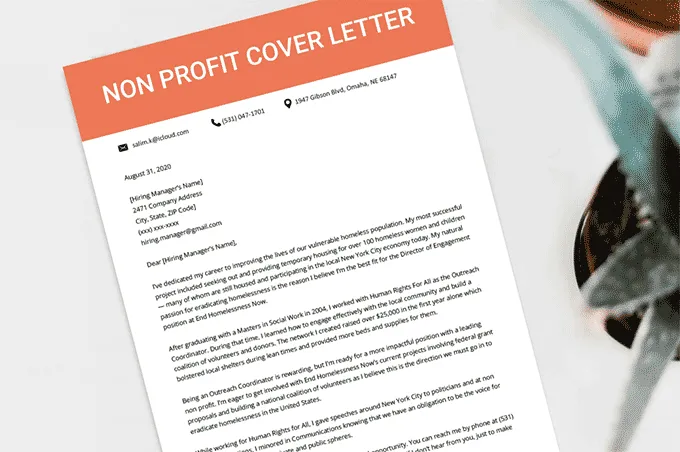
Use numbers and data to showcase your accomplishments. Instead of saying “I improved fundraising,” state “I increased fundraising revenue by 20% in one year.” Quantifying your achievements adds credibility and demonstrates your impact. Use metrics to illustrate your skills and experience. Show the hiring manager the value you can bring to the team. Provide specific examples and tangible results. It can also showcase your ability to think strategically and measure success. Adding concrete data can show the impact of your previous work.
Demonstrate Your Understanding of the Organization’s Mission
Your cover letter should reflect your understanding of the organization’s mission. Demonstrate you understand their goals and values. Show how your skills and experience align with their work. Refer to specific programs or initiatives to show you have done your research. This alignment shows that you understand what the nonprofit is trying to accomplish. This is crucial because it proves that you are not just looking for any job, but one that aligns with your values. By demonstrating an understanding of the mission, you show that you are serious about contributing to the organization’s success. This also allows you to tailor your approach to meet the organization’s goals.
Tailor Your Letter to the Specific Job
Avoid using a generic cover letter. Customize your letter for each job application. Carefully review the job description and identify the key skills and experiences the employer is seeking. Use this information to highlight how your qualifications align with the role. Mention the specific role you’re applying for and the organization’s name in the opening paragraph. This indicates that your letter is not a generic template. Tailor your letter to show you have considered the role and the organization’s needs. You can show how you can contribute to the organization’s goals and the requirements of the job position. Always remember to tailor the content to highlight the most relevant information for the specific position.
Address the Organization’s Needs
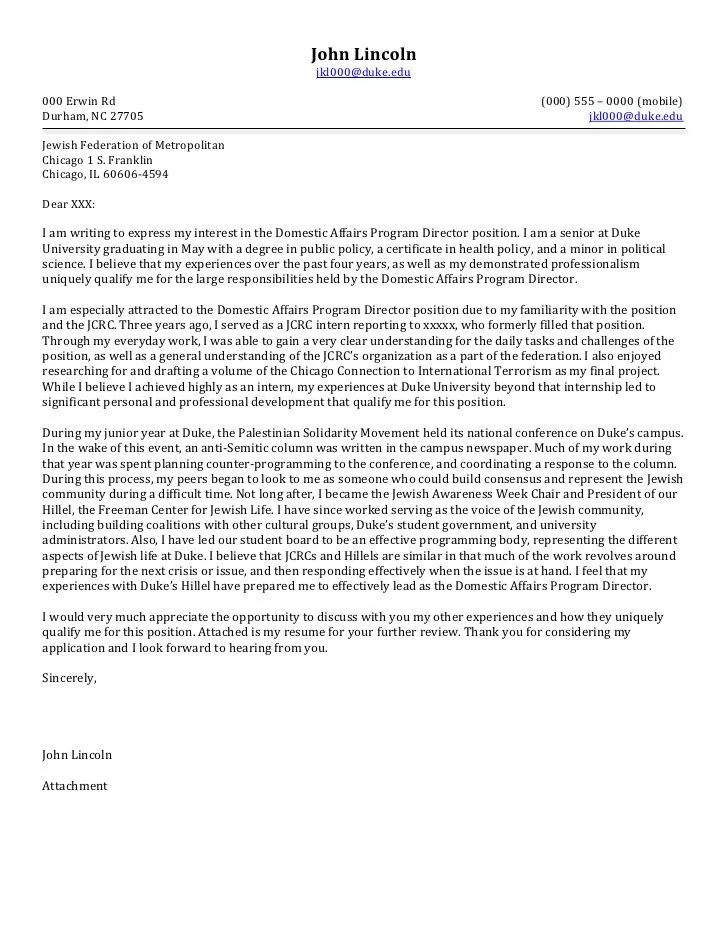
Consider the challenges and opportunities that the nonprofit faces. Use your cover letter to show how you can contribute to their success. Talk about the problems the nonprofit might be facing. Show how your skills and experience will help them overcome these challenges. Emphasize your understanding of the organization’s needs and show your proactive approach. By aligning your qualifications with the organization’s needs, you show that you can make a meaningful contribution. When you address the needs of the organization, you show the employer that you have the ability to think critically and strategize. Show your potential to make a real difference.
Conclude with a Strong Call to Action
End your cover letter with a strong call to action. Express your enthusiasm for the opportunity and reiterate your interest in the position. State that you are eager to discuss your qualifications in further detail. Make it easy for the hiring manager to take the next step by providing your contact information. Ensure the call to action is clear and confident. It shows you are not just interested but also prepared and available. This prompts the hiring manager to move forward. A strong call to action helps you make a positive impression. This may include an offer to provide more information or to set up an interview.
Express Your Enthusiasm
Express your excitement about the position and the organization. Show genuine enthusiasm for the opportunity. This is crucial, as it showcases your commitment to the role. Express your genuine enthusiasm, which reflects your passion for the cause. Your interest can make a memorable impression. The hiring manager will recognize your energy and your eagerness to contribute. This is important in the nonprofit sector, where enthusiasm and commitment are highly valued. Ensure your enthusiasm matches your application and expresses the positive impact you intend to make.
Provide Contact Information
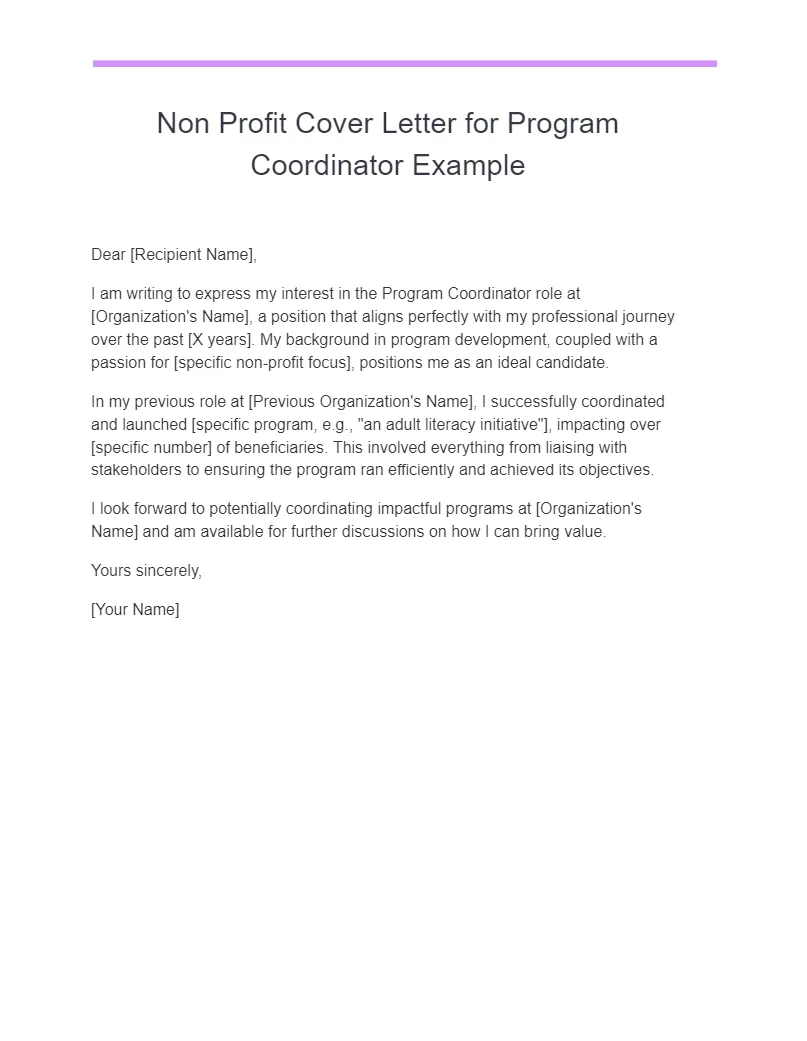
Make it easy for the hiring manager to contact you. Include your phone number, email address, and any other relevant contact information. This ensures that the hiring manager has everything they need to reach you. Double-check that your contact information is correct. Clear and accessible contact details simplify the hiring process. Providing a reliable and accessible way to reach you is professional. Always provide your contact information. This makes it easy for the employer to reach you. Be sure to include the best methods to communicate with you.
Proofread and Edit Carefully
Before you submit your cover letter, proofread it carefully for any errors in grammar, spelling, and punctuation. Have someone else review your letter for a second opinion. Ensure your writing is clear, concise, and professional. Errors can undermine your credibility and make you appear less detail-oriented. Proofreading ensures that your message is well-presented. Proper formatting and language show professionalism and attention to detail. Always take the time to review and edit your cover letter carefully to avoid making any mistakes.
By following these steps, you can create a nonprofit cover letter that gets you noticed, showcases your unique qualifications, and increases your chances of landing your dream job. Good luck!
